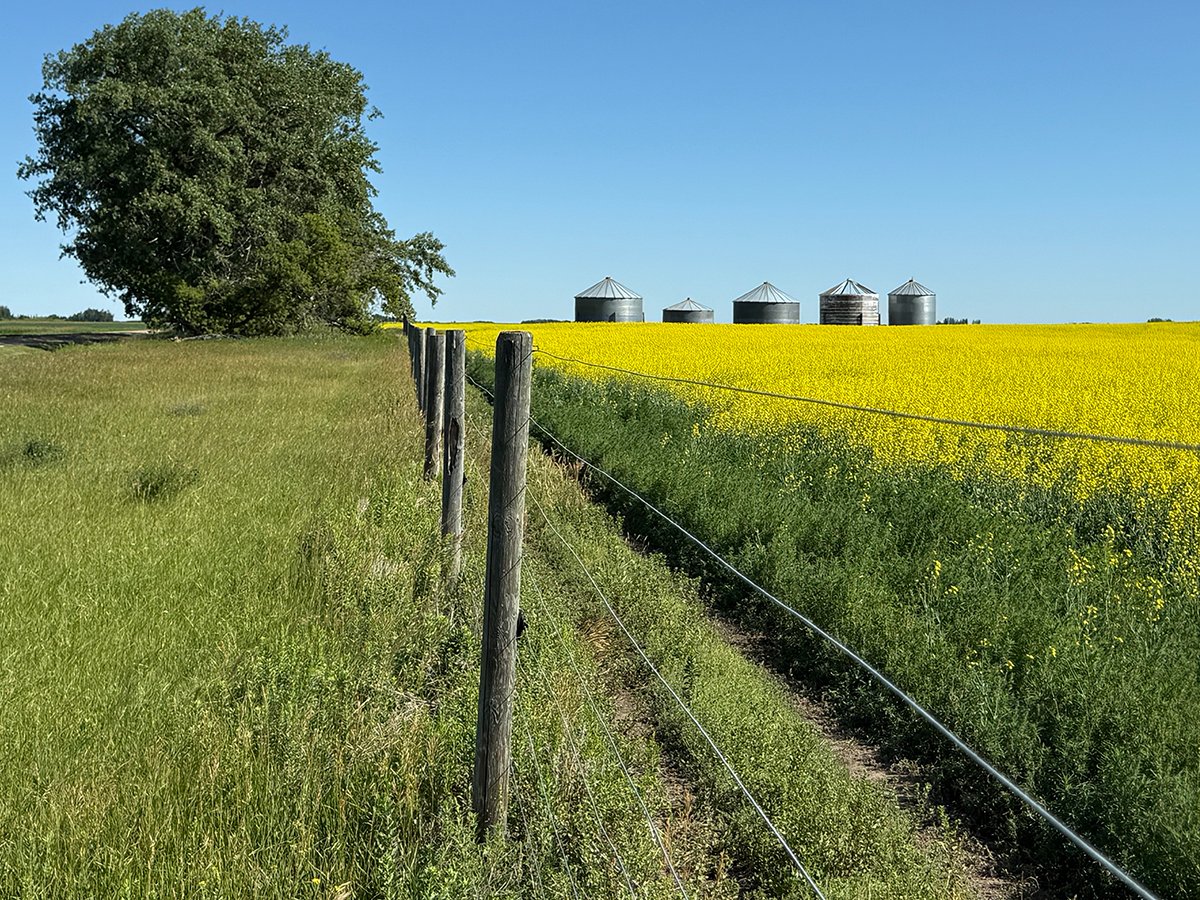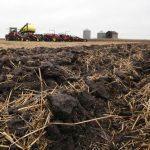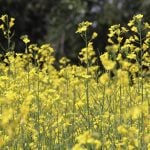Statistics Canada has come out with its crop production estimates, which includes average crop yields. Saskatchewan’s average yields are lower than Alberta and Manitoba and when you run the analysis, the net returns per acre are ugly.
The table uses those Saskatchewan average yields according to Statistics Canada. Prices are based on current, publicly posted information, but will vary day to day and by location. Canaryseed, chickpeas, lentils and mustard (brown) have yields in pounds per acre and prices in cents per pound. Other crops are in bushels.
Read Also

Producers face the reality of shifting grain price expectations
Significant price shifts have occurred in various grains as compared to what was expected at the beginning of the calendar year. Crop insurance prices can be used as a base for the changes.
Yield times price gives the average gross return per acre.
No distinction is made in the Statistics Canada yield estimates for red versus green lentils or yellow versus green peas. However, the prices are dramatically different, producing very different returns.
The expenses per acre come from the Saskatchewan Ministry of Agriculture’s Crop Planning Guide for 2023. This includes variable expenses such as seed, fertilizer, crop protection products and fuel. It also includes machinery investment, depreciation and a land investment cost.
Last year, using the same analysis, all crops had a positive net return, albeit some of the net returns were not large. This year, I was startled to see almost all net returns negative. The one exception is large green lentils where a price of 60 cents per lb. is compensating for the lower yield. Next best is mustard. Using brown mustard, the net return is just below break-even.
The worst net returns are on spring wheat, yellow peas, flax and feed barley, where revenue is short of expenses by about $250 an acre, an astounding deficit.
Yields are lower across all crops as compared to last year. Some prices are higher, others are lower. Costs are up by more than $100 an acre with two of the culprits being higher fertilizer costs and higher interest rates. Of course, everyone should plug in their own numbers to figure their own financial picture.
From this analysis, it would appear the financial situation on a lot of grain farms in Saskatchewan and beyond is going to show some strain.
Kevin Hursh is an agricultural journalist, consultant and farmer. He can be reached by e-mail at kevin@hursh.ca.

















